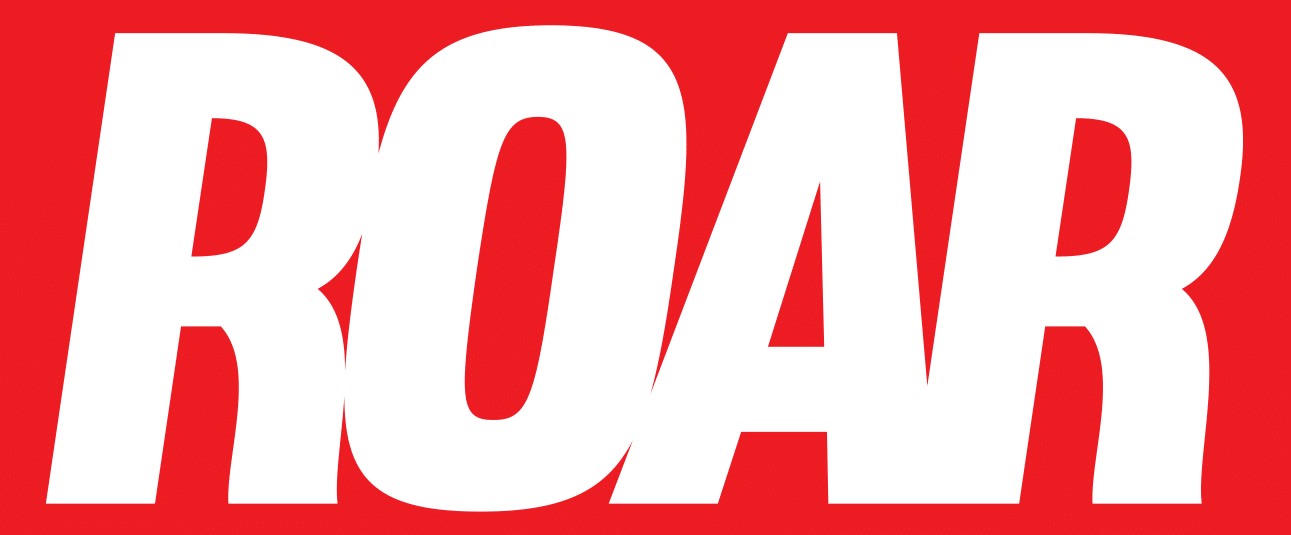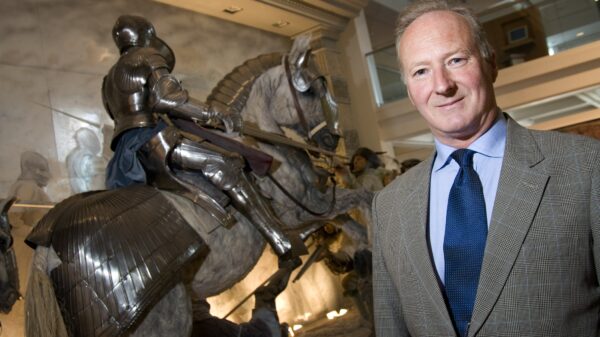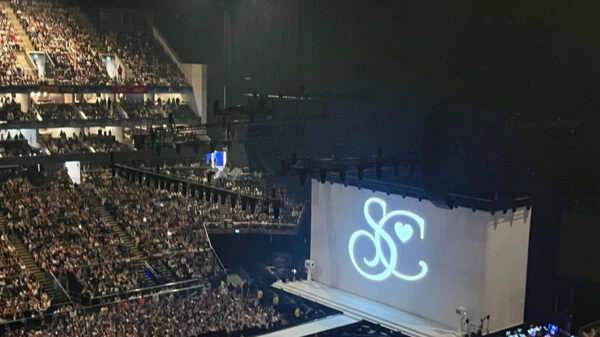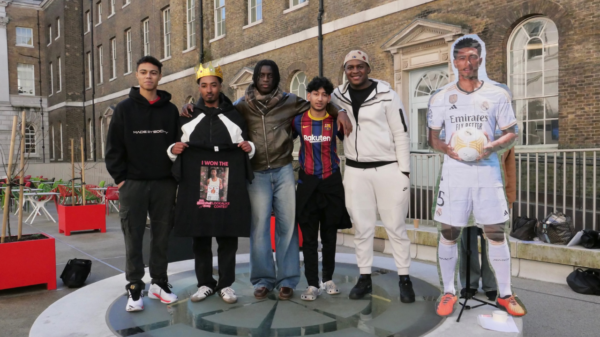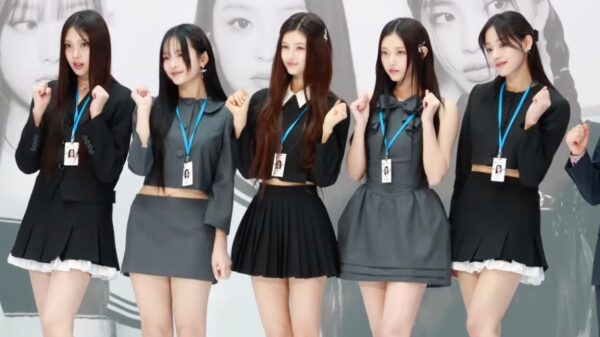Roar writer Joseph Harrison analyses the significance of Super Bowl halftime shows from a pop-culture perspective.
The date is October 4th, 2022, and Rihanna is being followed out of a grocery store by TMZ. She is not asked about her makeup line, her personal life, or which designer’s clothes she is wearing, but only about the Super Bowl halftime show. She politely declines to comment on any aspect of her upcoming show, but this moment symbolises the beginning of a new Superbowl halftime era. She joins a list of artists who have had the honour of performing the 20-minute show for the final game of an 18-week National Football League (NFL) season.
American football fixtures have been internationally regarded as a spectacle from start to finish, with the halftime show serving as the interlude between each half of play. Emerging from a patriotic tradition, halftime was at first a nationalistic flourish with marching bands, collegiate choirs, and the star-spangled banner waving above; overall, significantly less commercial than today. However, the hope was the same: to entertain the crowds eagerly awaiting the players’ return to the pitch. This era of the NFL drew very little public attention, and the watching press was more inclined to report on the college football leagues. During this period, the corporate side of the NFL was undergoing vast — but needed — changes, both corporately and commercially, and the days of marching bands would soon be abandoned. The merger between the NFL and the American Football League signalled a regenerated strategy and this would become the conception of the Super Bowl halftime show as we know it today. In 1970, the Super Bowl season was concluded with a playoff between Kansas City Chiefs and the Minnesota Vikings, but few could anticipate the newly-conceptualised show prepared for halftime.
Hollywood legend Carol Channing emerged onto the halfway line and sang
alongside the Southern University Band. Audiences across the nation, although
perplexed, were shown how sports and Hollywood could exist alongside each other, striking an ideal balance between patriotism and entertainment. Carol Channing is widely regarded as the first artist to display how a mixture of celebrity and sport could become commercially viable and ultimately entertaining. Decades passed and Super Bowl Sunday grew in popularity as America’s starlets were picked to display their talents to an expanding North American audience. Soon the idea of a marching band doing a medley of jingoistic hits seemed redundant, and the public was demanding bigger names until in 1993 the NFL drew international acclaim for their booking of Michael Jackson as their halftime headliner. His performance was a monumental leap forward for the NFL, who had spent many years being described as dated and even (retrospectively) ‘unhip’ by one New York publication. The King of Pop appeared from the stage, breaking into song with “Billie Jean”, and the crowds at the Rose Bowl in Pasadena quickly seemed to forget the football fixture that had just occurred. The pitch was filled with adoring supporters, and instantly pop culture had another date to look forward to each year.
Since that pioneering show nearly thirty years ago, many artists have held the halftime baton and delivered some notable pop culture moments. Katy Perry’s halftime show is remembered for the Shark that comically recreated the choreography during “Teenage Dream”. Equally as impactful was Lady Gaga’s entrance to the 2017 Super Bowl, jumping from the stadium rafters. Moments like this please sponsors and the NFL alike as viewing figures peak during the halftime show — Katy Perry set an all-time Super Bowl viewing record with over 118 million viewers. High viewing figures are a testament to the artist’s success, as well as a much-needed cash source for the NFL.
Despite these records and the keen financial backing of sponsors, the pressure to deliver a memorable show is immense. Rihanna, recently announced as the 57th Super Bowl headliner, will be returning to performing live after a 6-year hiatus. The announcement of her upcoming performance became an event itself, with many fans and critics alike hypothesising about her creative direction. Still, the general sense of excitement is genuine, and Rihanna herself will be preparing for intense rehearsals to deliver the show of her lifetime. Her sudden emergence from absence to perform the Super Bowl is audacious and dramatic, which has already set the tone for a halftime show to remember.
When Carol Channing was picked to perform at the brand-new NFL league in 1970, it radically rewrote the popular culture rules of engagement. The sparkle of Hollywood touring productions could exist within the strict 20-minute bounds of an NFL halftime show, and it could be universally watched by families across America. Today, we await the return of Rihanna to deliver an equally impactful show that can be globally appreciated. From its inception through to today, the Super Bowl Halftime show has acted as a cultural thermometer. Having come from being a deeply nationalistic display to a diverse, and sometimes political show, it reflects the time we live in. Each show improving from the last, this American tradition may be one of the few remaining things that can unite the masses.
